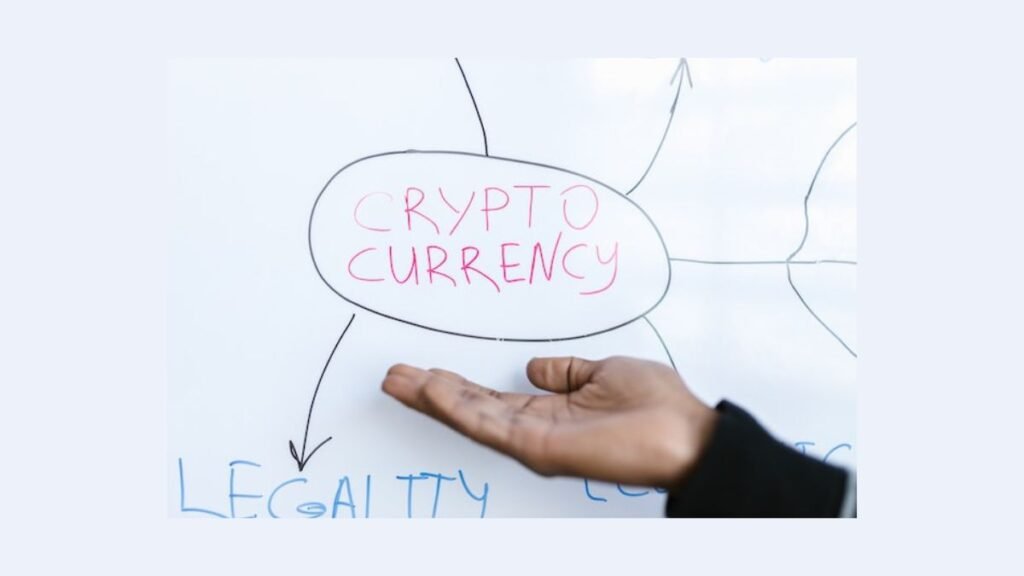In recent years, the gaming industry has witnessed a revolutionary intersection of blockchain technology, non-fungible tokens (NFTs), and play-to-earn games. This convergence has given rise to a new paradigm in gaming, offering players unprecedented opportunities to earn real-world value from their in-game activities. In this article, we will delve into the dynamics of NFTs and play-to-earn games, exploring how they are reshaping the gaming landscape and providing a glimpse into the future of interactive entertainment.
The Rise of NFTs in Gaming
Non-fungible tokens, or NFTs, have become synonymous with the concept of ownership and scarcity in the digital realm. These unique, indivisible tokens are often used to represent ownership of digital assets, and their application in gaming has been nothing short of transformative. NFTs enable gamers to truly own their in-game items, characters, and assets, fostering a sense of ownership and value that was previously elusive in traditional gaming.
One of the key advantages of NFTs in gaming is the ability to verify and authenticate digital ownership on the blockchain. Unlike traditional gaming assets that are stored on centralized servers, NFTs are decentralized and stored on a blockchain, ensuring transparency and security. This blockchain-based ownership has profound implications for the gaming industry, giving players the ability to buy, sell, and trade their in-game items without relying on centralized authorities.
Play-to-Earn Games: A Paradigm Shift
Play-to-earn games represent a paradigm shift in the traditional gaming model. In these games, players are rewarded with real-world value for their time and effort invested in the virtual world. The concept of “play-to-earn” challenges the notion that gaming is a purely leisure activity, transforming it into a viable source of income for players.
The underlying mechanics of play-to-earn games typically involve the issuance of in-game tokens or cryptocurrencies that can be traded on various platforms. These tokens have real-world value, and players can accumulate them by completing in-game tasks, achieving milestones, or participating in the game’s economy. The advent of blockchain technology and smart contracts has enabled the seamless integration of these token-based economies into gaming ecosystems.
NFTs and Play-to-Earn: A Symbiotic Relationship
The synergy between NFTs and play-to-earn games is evident in their combined ability to create a vibrant and decentralized gaming economy. NFTs serve as the backbone of digital ownership, allowing players to own, trade, and monetize their in-game assets. In the context of play-to-earn games, NFTs amplify the value proposition by providing tangible, real-world value to these digital possessions.
Imagine owning a rare, one-of-a-kind sword in a fantasy play-to-earn game. This sword, represented as an NFT, holds intrinsic value and scarcity. As the player progresses in the game, the sword gains additional attributes or experiences, making it even more valuable. The player can then choose to sell or trade this NFT, translating their in-game success into real-world earnings.
Decentralization and Player Empowerment
One of the core principles driving the NFT and play-to-earn movement is decentralization. Traditional gaming models often involve centralized control over in-game economies, with game developers and publishers dictating the rules. However, the advent of blockchain technology and NFTs empowers players by decentralizing ownership and control.
In a decentralized gaming ecosystem, players have a direct stake in the success and governance of the game. Decisions related to updates, economic policies, and community initiatives can be made through decentralized governance mechanisms, giving players a voice in the evolution of the virtual worlds they inhabit. This shift towards player empowerment fosters a more inclusive and democratic gaming environment.
Challenges and Opportunities
While NFTs and play-to-earn games present exciting opportunities for gamers and developers alike, they are not without challenges. One of the primary concerns is the environmental impact of blockchain technology, particularly in the context of energy consumption. Many blockchain networks rely on proof-of-work consensus mechanisms, which have been criticized for their carbon footprint.
However, there is a growing awareness within the industry to explore and implement more sustainable alternatives, such as proof-of-stake or layer 2 scaling solutions. Balancing the innovative potential of blockchain with environmental responsibility will be crucial for the long-term success of NFTs and play-to-earn games.
Moreover, the integration of NFTs and blockchain technology into mainstream gaming faces adoption hurdles. Educating both developers and players about the benefits and mechanics of these technologies is essential for widespread acceptance. As the technology matures and becomes more user-friendly, the barriers to entry are likely to diminish.
The Future Landscape
The trajectory of NFTs and play-to-earn games points towards a future where the lines between virtual and real-world economies continue to blur. The gaming industry is witnessing a fundamental shift from a centralized, publisher-controlled model to a decentralized, player-centric model. This transition has the potential to democratize the gaming industry, opening up new avenues for creativity, innovation, and economic empowerment.
As blockchain technology evolves and scalability improves, we can expect to see more sophisticated and immersive play-to-earn experiences. Virtual worlds may become more interconnected, allowing players to seamlessly transfer assets and achievements across different games and platforms. This interoperability has the potential to create a metaverse—an interconnected digital universe where players can explore, socialize, and earn across various virtual landscapes.
Conclusion: NFTs and Play-to-Earn Games: Future Landscape
NFTs and play-to-earn games represent a dynamic fusion of technology, creativity, and economic empowerment within the gaming industry. The ability to truly own and monetize in-game assets through NFTs, coupled with the play-to-earn model, has the potential to reshape the gaming landscape fundamentally. While challenges exist, the ongoing innovation in blockchain technology and a growing awareness of environmental considerations are paving the way for a more sustainable and inclusive future for gaming. As players continue to embrace the idea of earning real-world value through their virtual endeavors, the convergence of NFTs and play-to-earn games is poised to redefine the very essence of gaming itself.
Sources:
- LinkedIn – Play-To-Earn NFT Games Market Size, Share & Trends
- CoinTelegraph – Play-to-Earn Game Offers NFTs Linked to Physical Items
- Decrypt – What Are Play-to-Earn (P2E) Games?
- Decrypt – What Are Play-to-Earn Games? How Players Are Making a Living with NFTs
- Forbes – Play-To-Earn Gaming Is Driving NFT And Crypto Growth
- PlayToEarnGames.com – Play to Earn Crypto: Playing with NFTs and Cryptocurrency



